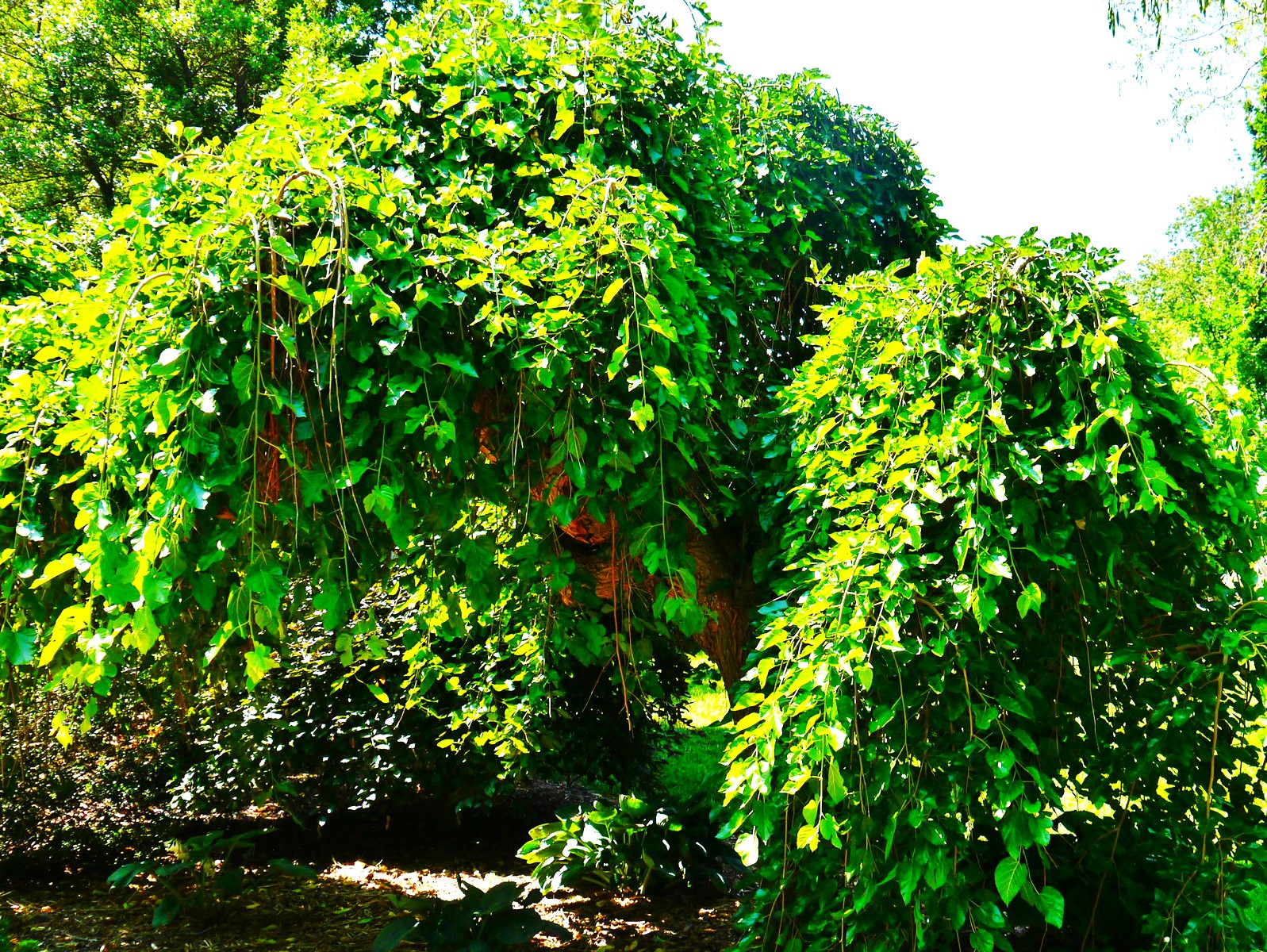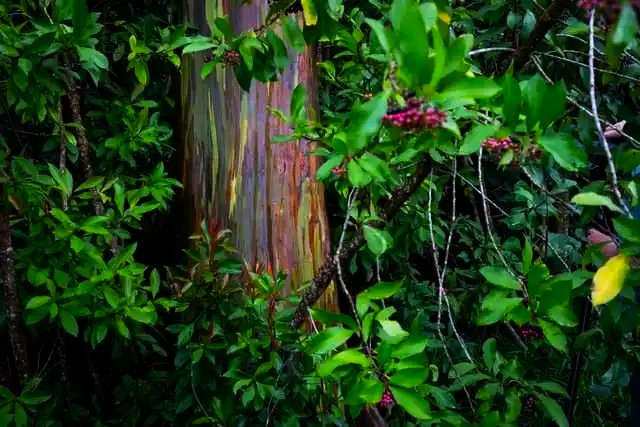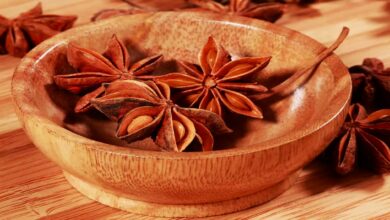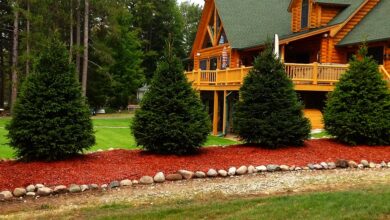What Are Common Pindo Palm Pests: How to Control Pests of Pindo Palm Trees
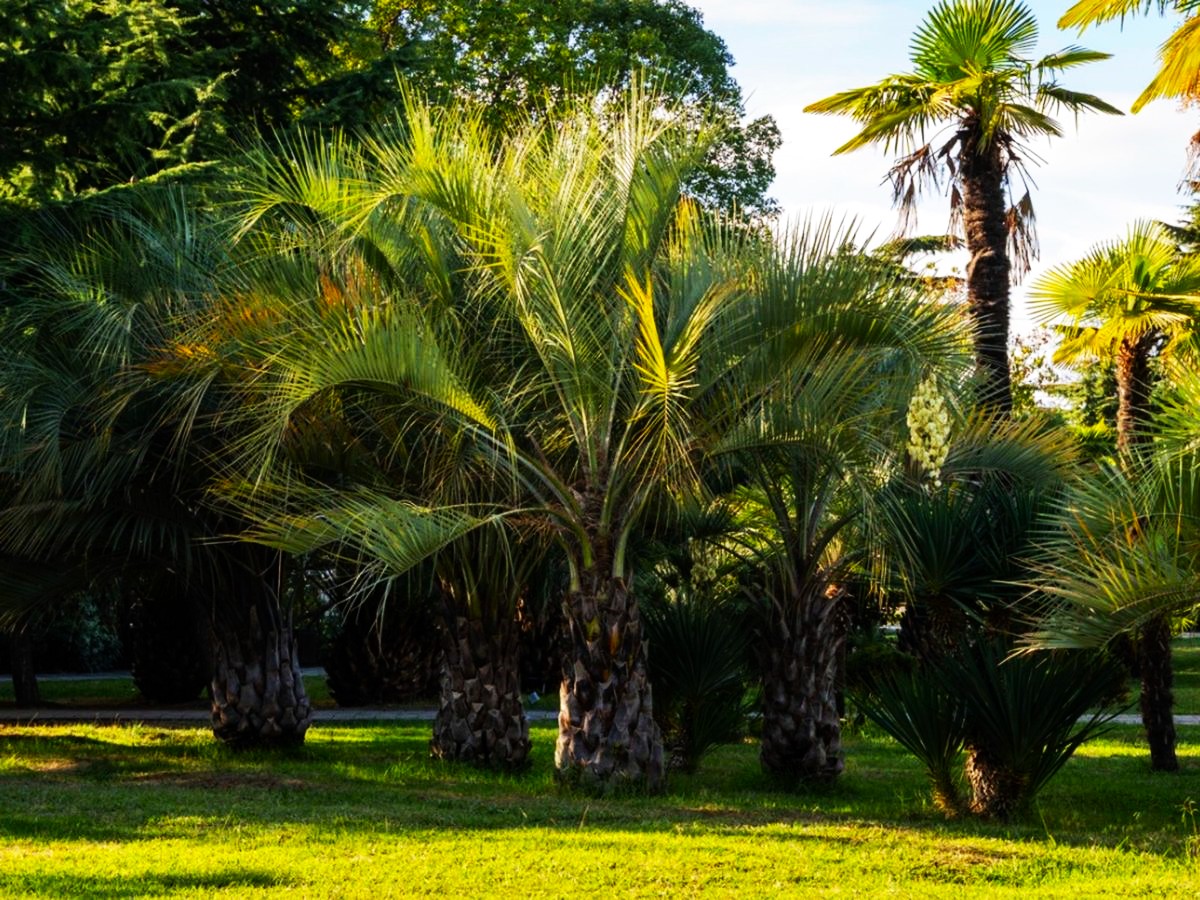
The tiny pindo palm (Butia capitata) tree can withstand cold temperatures. It features a rounded canopy of blue-gray fronds that gracefully curve in toward the single, sturdy trunk. If planted properly, pindo palms are typically very healthy trees. Nonetheless, a few insect pests, such as the scale insect and palm leaf skeletonizer, affect pindo palm trees. Continue reading for more details on pindo palm pest issues.
Pests of Pindo Palms
Pindo palms are tiny palm trees that grow to a maximum height of 25 feet (8 meters) and a width of half that length. They are planted as ornamentals because of their graceful fronds and eye-catching clusters of yellow, date-like fruit. The fruits are visually striking and edible. USDA plant hardiness zones 8b through 11 are ideal for pindo palm growth. These are lovely, slowly growing plants. To keep it healthy, give it rich, well-draining soil, lots of sun, and a warm, sheltered spot. Landscape palms are susceptible to a number of dangerous diseases, but you can safeguard your plant if you choose the right location, plant it, and give it the right care.
In general, this also applies to insect pests. There are very few insect pests that affect pindo palms that are grown outdoors. On the other hand, red spider mites and scale insects may be problems for pindo palms if they are grown indoors. Scale insects are not the same as the disease known as diamond scale. The palm leaf skeletonizer might also occasionally bother you. Other pests that are known to affect pindo palms include the red palm weevil, South American palm borer, black rot of pineapple, and the whitefly, which infests palm trees.

